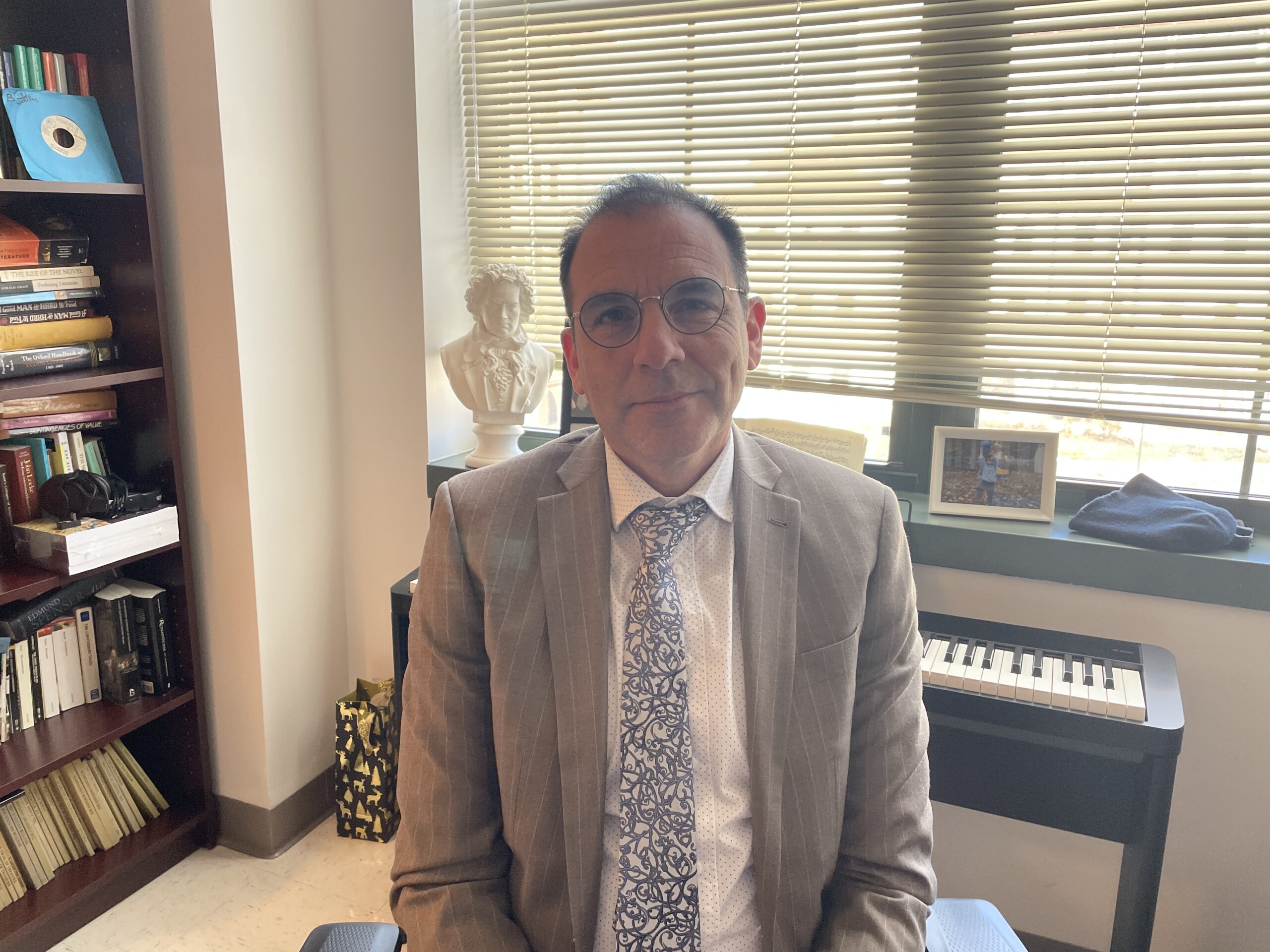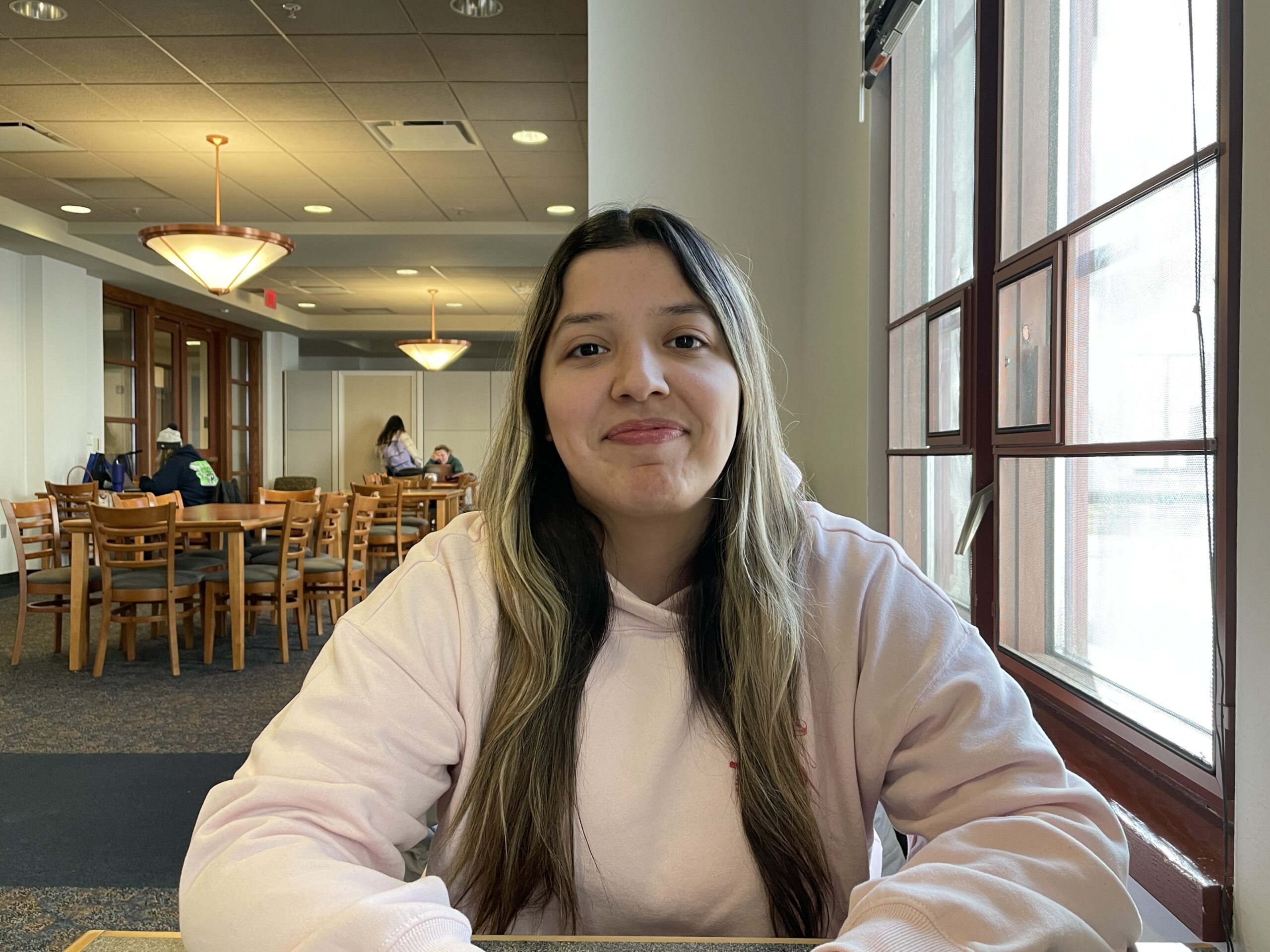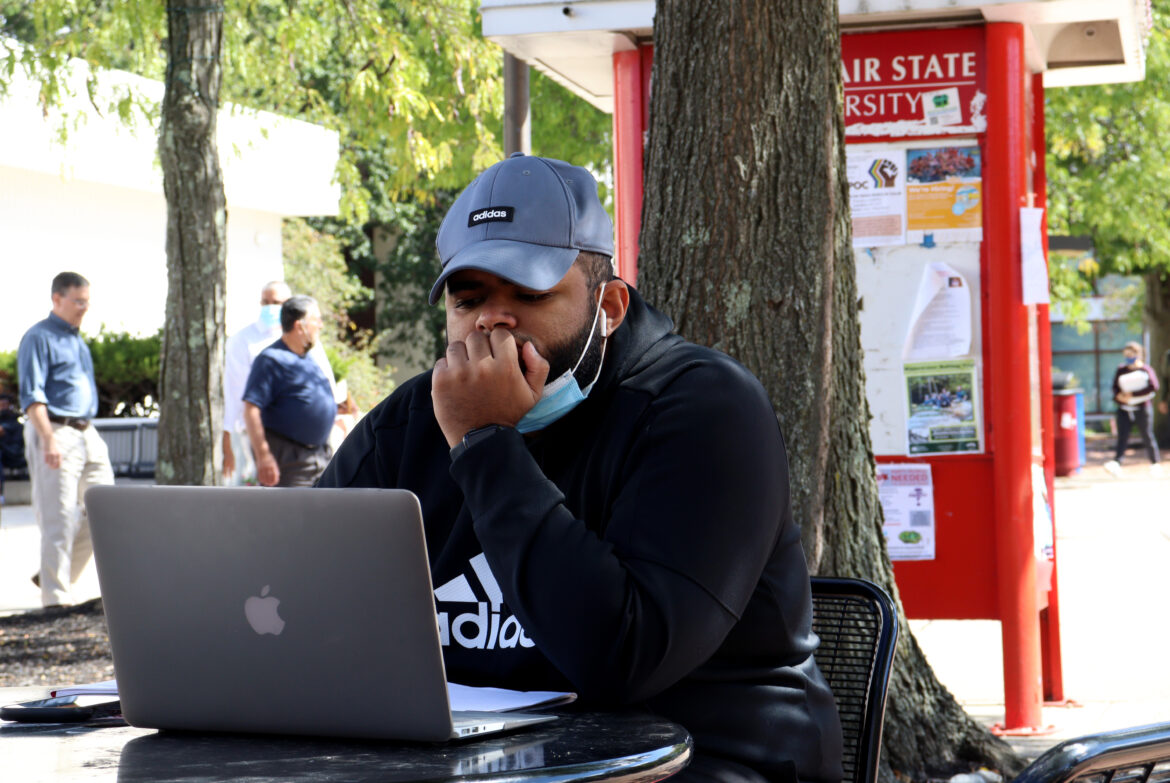This semester, Montclair State University students were surprised when their first day of classes had an unexpected problem. There was no assigned classroom for their courses. Several classes around campus were left without a designated classroom, leaving professors to find a solution in short notice.
While this issue wasn’t caused by an actual shortage of classrooms, it was a result of a policy change that allowed students to enroll in courses before a room was secured for the course. This led to confusion for both students and faculty, and caused many classes to be changed from an in-person format to an online one.
The Office of Registrar clarified that the issue was due to how unassigned courses were handled. Each semester, academic departments submit their course schedules, and the office assigns rooms based on availability for the requested days and times. When all available rooms are assigned, departments have several options: they can adjust the course schedule to a different day or time, change the course modality, or wait to see if a room becomes available. The last option is the most commonly chosen.
“Previously, courses without room assignments were not available for student enrollment and were canceled if space couldn’t be found,” Aylin Solu Brandon from the Office of Registrar said. “For spring 2025, a policy change allowed students to enroll in these courses before a room was secured. As a result, rather than cancellations, we had to find additional space, making the process more complex than in past semesters.”
The English department had issues due to the classroom shortages, but were fortunate to not be badly affected by the shortages.
“There were a couple of colleagues who, had ‘TBD’ [in] their classes until the day before classes began,” Jeremy Lopez, chair of the English department said.

Jeremy Lopez, chair of the English department, saw this issue affect many English classes.
Emily Ramirez | The Montclarion Photo credit: Emily Ramirez
The new timetable introduced this semester could have also added to the issue of classroom shortages, according to Lopez.
“One of the most significant differences with the new timetable is the introduction of a second common hour,” Lopez continued. “Previously there has only been a common hour [on] Wednesdays, and this new schedule has introduced a Monday and a Wednesday. So what I found when making the schedule, that takes away a lot of time, and that was a [difficult] experience while doing the schedule. I guess it was not surprising to hear that there were shortages on Monday [and] Wednesday in the middle of the daytime. Those are always very popular times, as are Tuesday, Thursday times.”
Courses that were unable to meet in a physical classroom were adjusted, such as switching to hybrid or online classes. Pamela Techera, a sophomore linguistics major shared the difficulties of these shortages.
“The classroom shortages have definitely made things a little challenging. Due to classroom shortages I’ve had my classes asynchronous which make things harder for students and it just doesn’t feel the same,” Techera said. “I have seen some professors struggling on the zoom meetings we have where they can have audio issues for videos presenting and just having to adjust their lessons plan to accommodate our class being asynchronous.”

Pamela Techera, a sophomore linguistics major, was affected by the classroom shortage.
Emily Ramirez | The Montclarion Photo credit: Emily Ramirez
The last minute classroom changes have thrown off students schedules and their planned routines. Isabelle Mignanelli, a senior communications and media studies major, had her schedule disrupted due to her class being shifted to a hybrid format just days before the semester began.
“I was really excited to have my multimedia production class in person both days, but three days before it was supposed to be in person, it got moved to one day hybrid,” Mignanelli said. “I planned it specifically, so after I get out of my 8 a.m. class, I could go in person to my next class that starts at 10 a.m. But now I struggle to find a place to sit to take care of the class.”

Isabelle Mignanelli, a senior communications and media studies major, was affected by the classroom shortage.
Emily Ramirez | The Montclarion Photo credit: Emily Ramirez
Mignanelli’s learning experience has also been impacted by the difficulty in receiving the proper feedback for her course.
“It’s really hard because this class is creative based projects and I really want in person feedback from my professor while he’s walking around the classroom, but we don’t really have that culture anymore,” Mignanelli said.
Similarly, Micheal Giles, a junior business administration major, also has challenges with the shift to virtual learning.
“I had one class that was in person, and then it did switch to virtual. It’s just been a little bit less engaging, in a sense. It was a more hands-on class when we started, and now I see myself getting kind of distracted and lost sometimes.” Giles said.
The Office of Registrar hopes to help prevent similar challenges in the future by reviewing scheduling patterns to ensure courses are distributed more evenly across the approved course grid, rather than being concentrated in high-demand “prime time” slots. This approach will help maximize room availability and improve scheduling efficiency.



